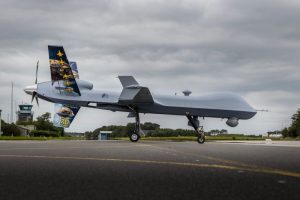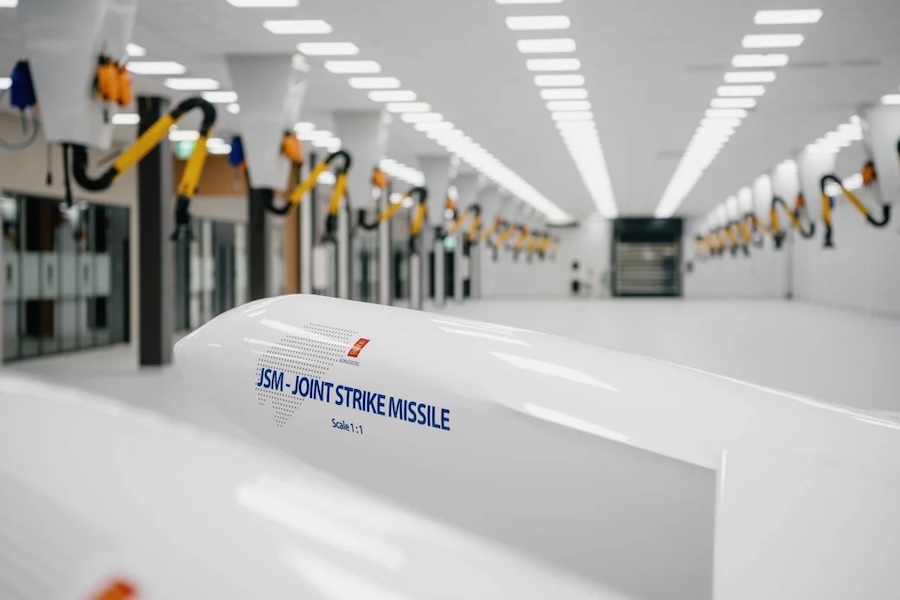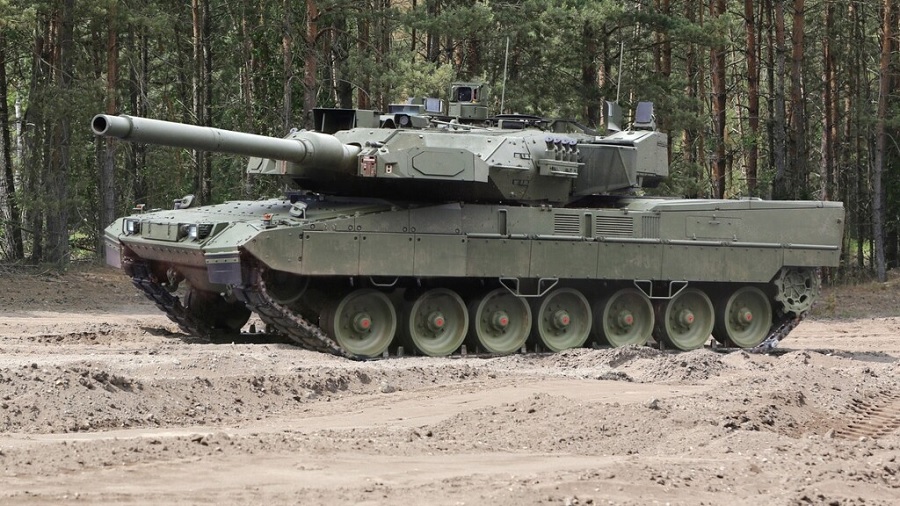Traditionally, the Air Force’s Control and Reporting Centre (CRC) is designed for extended operations at fixed locations. Deployed with multiple shelters and equipment, the CRC ensures robust communication and data collection for guiding tactical units. The new Tactical Operations Center-Light (TOC-L), however, offers a compact and efficient alternative, enabling agile deployment across diverse operational areas.
“The training allowed operators to move freely, maintaining communications and situational awareness of the instruments,” explained U.S. Air Force 2nd Lt. Jack Langlais, officer in charge of command and control systems management at the 623rd ACS. TOC-L’s advanced suite of antennas and satellite communication systems facilitates radar surveillance, air defence, and air traffic control missions.
The U.S. Marine Corps’ AN/TPS-80 G/ATOR plays a pivotal role in this initiative. Designed for multi-functional roles, the radar provides air surveillance and ground weapons detection, enhancing commanders’ ability to identify aircraft, missiles, and other threats. “Having a tactical radar for our engineering team allows us to develop expert knowledge of the radar’s functionality and capability,” said U.S. Marine Corps Sgt. Tae Burgess, an aviation radar technician with MACS-4.
The collaboration has enabled both services to improve their expeditionary capabilities. The G/ATOR system is lightweight and efficient, requiring only four personnel and 30 minutes to set up, compared to older systems needing 10 personnel and over 8 hours. This efficiency is critical in the Indo-Pacific Command, where the radar has been deployed in bilateral training exercises across countries like Australia, Thailand, South Korea, and Guam.
“This is the first time we’ve been able to hook up our TOC-L to the MACS-4 TPS-80 radar,” noted U.S. Air Force Capt. Grey Hodson, deputy chief of weapons and tactics at the 623rd ACS. “This extends our capabilities for command and control across Okinawa, Japan, Korea, and other remote locations.”





























